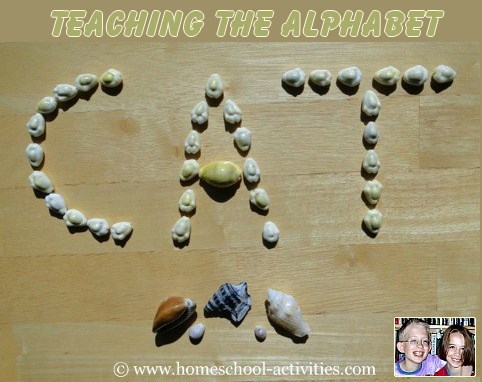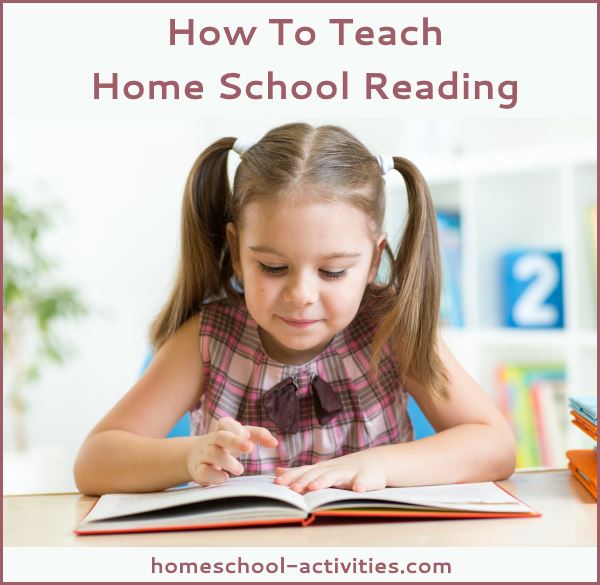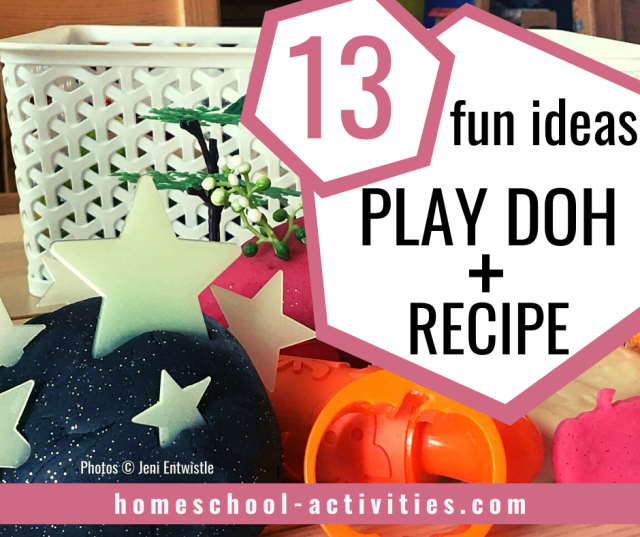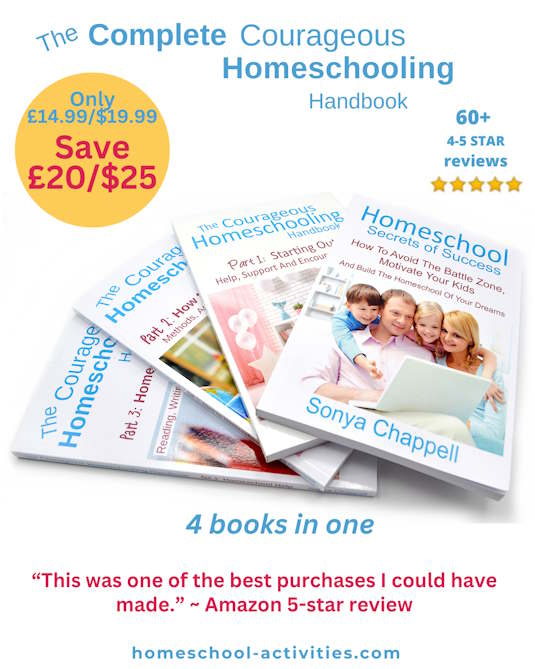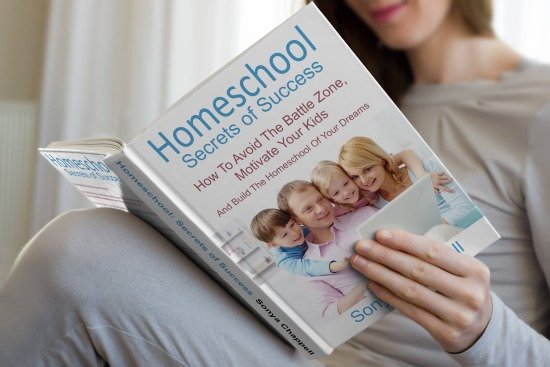Basic Phonics Rules
What Is Phonics?
If you're a parent deciding how best to help your child learn to read, here are the basic phonics rules so you can see how it works.
Free Letters And Sounds Phonics Booklet
Phonics is a very popular method which many teachers use.
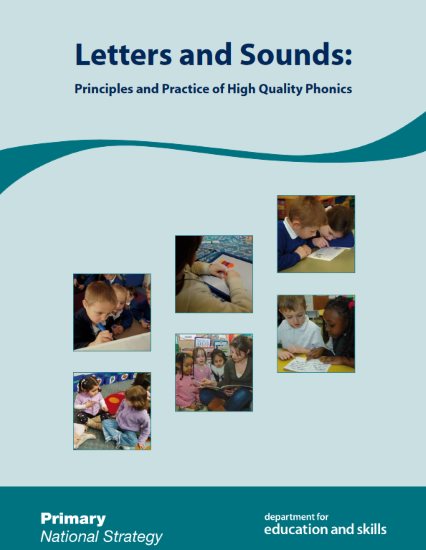
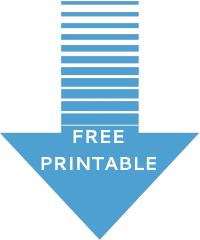
You can get a free printable booklet here which covers:
- The theory behind phonics
- Fun activities like: Teddy is lost in the woods, Mrs Browning has a box and how to enliven stories
- Practice for blending in reading
Although this is a UK booklet, it is an excellent guide to the basic phonics rules wherever you live.
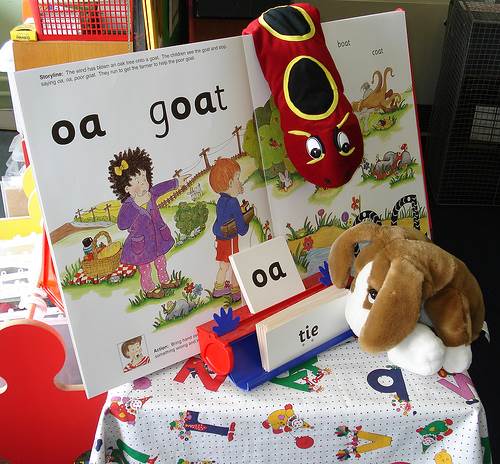
Does Phonics Work?
As a homeschooling parent, I would encourage you to try phonics if you think it helps your child - you'll soon know if it's working as the real proof is whether you and your child enjoy doing it.
I didn't use phonics with my children William and Catherine as they caught on without it, but other homeschooling friends I know do use it with their children.
Indeed, a very exhaustive study across the US conducted by the
National Institute of Child Health and Human Development concluded:
"Teaching phonics...is a more effective way to teach children early reading skills than...NO phonics instruction." ('Teaching Children to Read' quoted in Wikipedia)
Phonics is also the standard method used in UK primary schools.
What Is Phonics?
It's
a reading and spelling tool for teaching the basic relationship between
letters and the sounds they make.
Linking
sounds with letters of the alphabet is called phonics.
There may be only 26 letters in the alphabet, but those 26 letters actually make over 40 different individual units of sounds.
These basic sound units are called phonemes.
As you can see we've got lots of tips on teaching the alphabet to help, including using visual prompts and alphabet games.
Basic Phonics Rules
When it comes to rules, there are always exceptions!
That's one of the things which makes English such a hard language to learn.
In fact, I'm afraid English would never win this badge:
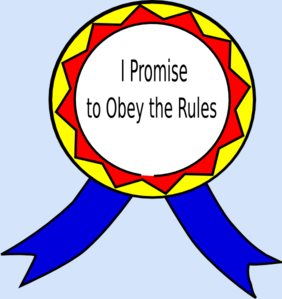
Nonetheless, here's a run through of the most important teaching basics:
- Each letter represents one or more sounds.
- Every letter has two forms - capital and lower case.
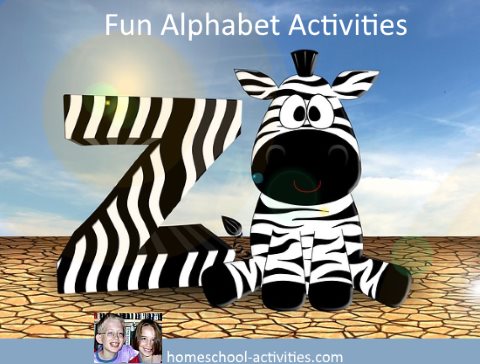
Fun ways to learn the alphabet
- When letter sounds are put together, they become words
- Letters appear in different places in a word and can appear more than once
- There are two types of letters in the alphabet: consonants and vowels
- All words need a vowel
- Two consonants together make just one sound
- q and u always come together and make one sound
- When two vowels are together, the 1st one is dominant and the 2nd stays silent
- Specific combinations of two or more letters are called letter blends
There is a simple phonics song at the bottom of this page which demonstrates some of the basic phonics rules.
Teaching Reading
Homeschoolers use many different methods for teaching reading.
Every child is different, so what works with one child may not with yours.
You'll find ideas and suggestions from fellow homeschoolers for things to try which have succeeded in teaching reading here.
Tips For Teaching Phonics
- Everyone agrees that the best way to teach reading, whatever method you use, is to read aloud to your child.
Reading
to your child is the best way to help them recognize the sounds of
words when they hear them spoken.
- Don't let learning phonics rules get in the way of the whole point of reading - which is to enjoy it!
- The most successful way to use phonics is by teaching the basic phonics rules systematically.
- Start by teaching the letters and sounds and move on to showing your kids how to blend them.
- You'll find teaching basic phonics is far more effective if you use lots of fun activities and games.
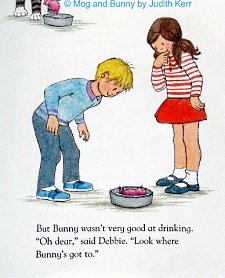
- Slow and steady wins the race.
- Check your child has really got one rule before you move on the the next.
- Don't get bogged down in rules - there are so many exceptions your child could just end up totally confused.
- Your child will learn to read when they're ready. There's no rush. If it's not working - try something different.
- I am absolutely convinced that interest is the key to learning how to read.
Where Would You Like To Go Now?
Here are some of my most popular homeschooling pages. Click on the pic to go to the page. And - enjoy!
Preschool alphabet games and activities are a great way to have fun teaching the basic phonics rules.
Love this page? Help me spread the word by sharing...
"Just had a look through your monthly
newsletter focusing on math. Thanks so much for all the links and
ideas. It's brilliant!" ~ Diana
"Hi....I totally love all your posts and enjoy reading them....the kids love the activities and enjoy them through and through." ~ Bianka

Free Newsletter
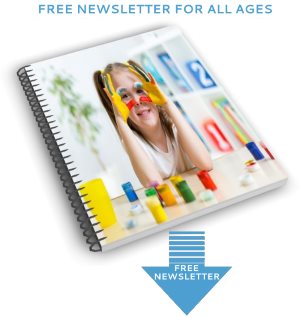
Must-have Handbook
4 books in one: Bargain discount deal!
"With the education system failing so many brilliant
children it's great to be able to have resources like your website for
inspiration, ideas and just a sense of belonging. What you are doing for
your children is priceless." ~ Natalija
"I really appreciate your time and effort that goes into your posts... It's nice to see that you are a 2nd generation homeschooler." ~ Teresa
"Your newsletters & book have helped us through our journey. For that I can only thank you.
Please, please, please keep it up, people like you make our home school life so much easier." ~ Kelly
"I have joined paid sites that were not even one percent as great as
this site. Really amazing what you are doing and so so helpful thanks so much!" ~ Eli
